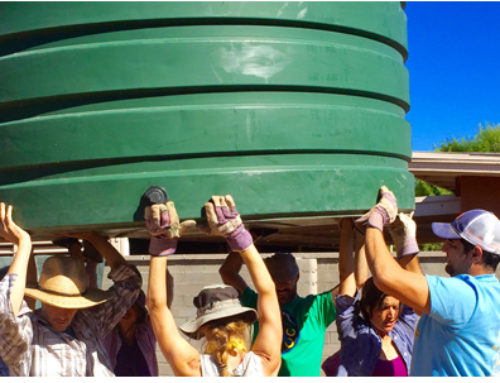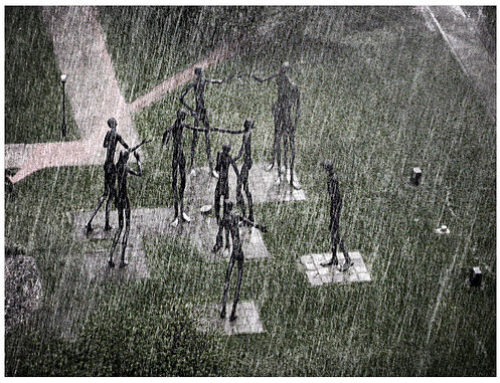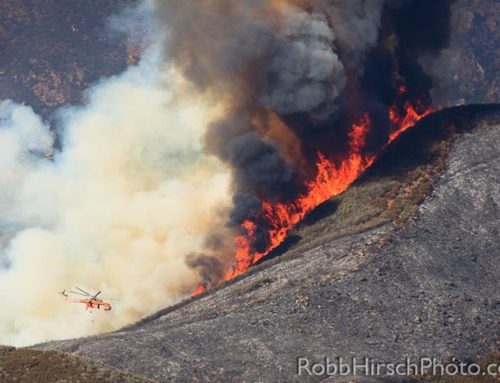-
I’ll just say it til I am BLUE in the face – employ conservation and efficiency people (if you don’t know the difference between the two, see Water Efficiency and Conservation Defined). If you can reduce your usage by 30% (which is quite simple with easy and cheap efficiency and conservation approaches), you will negate the need for dramatic steps such as building dams and peripheral canals.
California’s Ailing Water Supply Needs Help
San Francisco Chronicle July 23, 2010
California’s main water source – the delta junction of the Sacramento and San Joaquin rivers – is not a bottomless well. It needs conserving, less diversion and the political will to see the job through.
These points are all at issue in a report from the State Water Resources Control Board, which reiterated in newer, fresher terms that delta siphoning must be curbed in the name of fish, wildlife and the overall health of the region’s winding waterways, which it termed “public trust resources.”
The document, advisory for now, is a bell-ringing reminder of the obvious. California can’t keep tapping the delta at the present rate without harming it. The water board had piled up a shelf-bending supply of previous studies saying much the same thing before being asked for its latest views as part of a major legislative package approved last year to nurse the sickly delta back to health.
The chief friction point, now as before, is cutting the flow of southbound water for Central Valley farming and Southern California drinking supplies. The report suggested cuts of 30 percent or more in these categories.
It won’t be an easy sell. Farms recently won new water releases after court-ordered curbs related to wildlife preservation. Agriculture and municipal water agencies in Central and Southern California have accumulated water rights and ample political power to blunt efforts to replumb the delta.
But as the water board document shows, the danger of overuse can’t be explained away. The outcome doesn’t need to be a harsh cutoff but a gradual and determined shift in water use through conservation, technology and better planning.
Political gridlock on a hard issue is one option. Continued court fights over water flow is another. Both are fruitless, divisive and depressingly familiar.
The California Legislature, which sought the report, should take the warnings and tough recommendations embodied in the study to heart. This state must come up with a better way to use and share its vital water supply.






